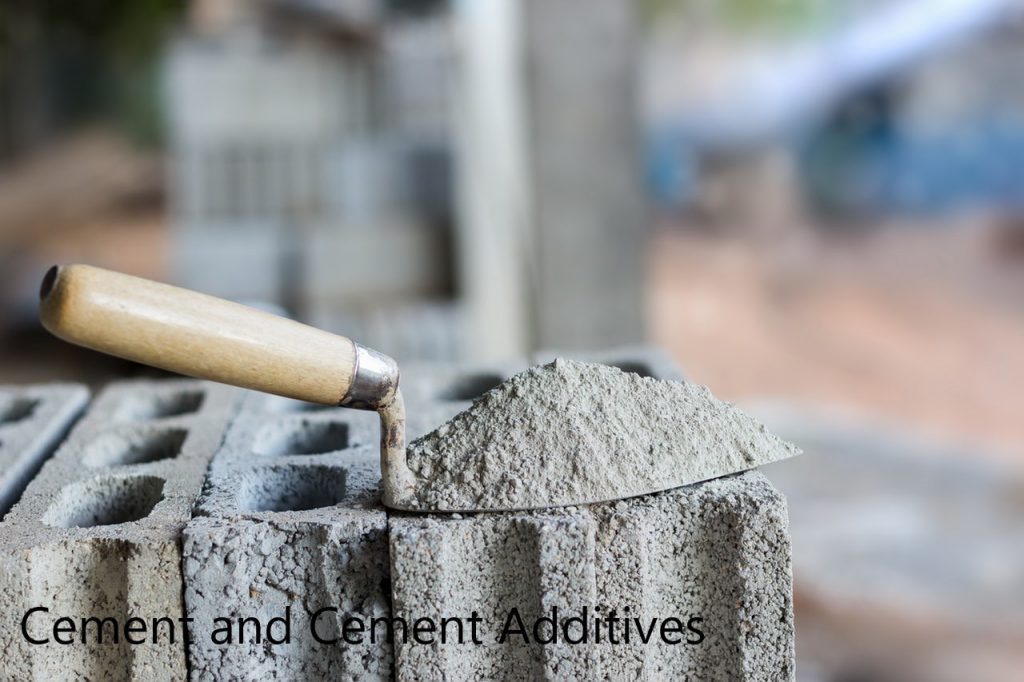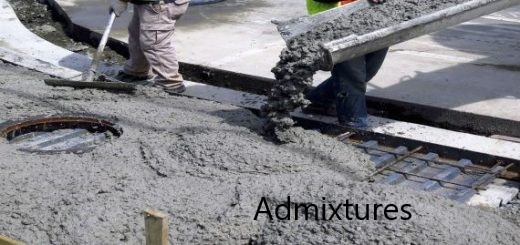Steel fibers are usually made from steel wires that are twisted together to form strands. These strands are then wound around a mandrel and heated to create the required shape. The steel wire strands are put in the concrete mix before it is poured into the mold to make the steel fiber-reinforced concrete (SFRC).
Steel fibers can be used on their own to produce a material with different properties, or they can be combined with other materials such as carbon fibers, glass fibers, and plastics.
SFRC can be lighter and stronger than traditional reinforced concrete because of its high strength-to-weight ratio.

It is also more corrosion-resistant than steel and has good flexural strength. SFRC has several different properties compared to traditional reinforced concrete:
1) Steel fibers contribute to the absorption of water so that the material sustains less damage from freezing and thawing, which increases its durability.
2) Steel fibers trap air and increase the material’s compressive strength, while also providing some insulation.
3) Steel fibers can increase a concrete’s flexural strength; and
4) The higher surface area of steel fibers increases the rate of heat transfer.
Steel Fiber Reinforced Concrete is not a new material and has been used in construction for more than 100 years. SFRC has been used in construction since the 1800s when it was first introduced in England.
Today, many countries continue to use this material. SFRC is currently the most common type of reinforced concrete because of its many inherent advantages over traditional reinforced concrete, such as higher compressive strength and smaller crack widths.
Structural Advantages of Steel Fiber Reinforced Concrete
The following structural advantages of SFRC can be identified.
1. Weight savings: Steel fiber reinforced concrete is a light aggregate that reduces the weight of the construction, providing cost and energy-saving benefits over traditional concrete construction with no substantial difference in performance.
2. Isolation performance: Fiber reinforcement decreases the total number of voids per unit volume, including interconnected voids, thus reducing cracking and water infiltration into the system with a corresponding increase in durability.
3. Long life span: Steel fiber reinforced concrete is a long-lasting construction material with a significantly longer life span than traditional concrete.
4. Nonslip: Steel fibers ensure stability and grip of the material, reducing wet/dry and roughness factors that reduce friction on the floor.
5. High Durability: Steel fiber reinforced concrete has a high level of durability and is durable, fire retardant, and often used as an outer wall in structures like commercial buildings.
6. Excellent Sound Absorption: The sound absorption properties of SFRC are excellent, in part due to the lightweight aggregate filler that absorbs noise energy from passing cars or trucks during the night when traffic volumes are lower which helps the building

In addition, the following can also be highlighted as added advantages of using this kind of concrete.
- Produce strong and durable concrete
- High shear, torsional, and compression resistance
- High flexural and tensile strength
- Minimize the risk of cracking concrete
- High impact resistance
- Economical
Steel Fiber Reinforced Concrete Breaking Strength Research and Design Considerations
SFRC is a type of composite material that is used in the construction industry. It is usually made up of steel fibers, a binder, and other additives. The strength of the material depends on the type of steel fibers and the ratio between steel fibers and concrete.
Steel fiber reinforced concrete has been researched for many years to find its breaking strength. As more research has been done, it has become apparent that certain design considerations need to be taken into account when designing this type of material.
These considerations include the ratio between steel fibers and concrete, which needs to be optimized for each project; the use of different types of steel fibers; and the use of additives such as water reducers or air entrainment agents.
To calculate the breaking strength of a fiber-reinforced concrete panel, it is necessary to know the ratio of steel fibers to concrete and the fiber size.
However, remember that this calculation may be different for every project as many design considerations need to be taken into account.
How Steel Fiber Reinforced Concrete Differs from Traditional Reinforced Concrete Structures
SFRC is a new type of concrete that has been reinforced with steel fibers. It is used in construction to make buildings and bridges more resistant to earthquakes and other natural disasters.
SFRC is different from traditional strengthened concrete structures because it has different properties. SFRC is much lighter than normal reinforced concrete, which means that it can be used in more weight-sensitive areas like bridges or overpasses.
It also has a much higher strength rating than traditional concrete, so its use in earthquake zones can make buildings and bridges safer. The process of making reinforced concrete is usually more expensive than the process of making SFRC because the reinforcing wires have to be specially made.
However, the cost and time it takes to reinforce a building with traditional concrete can be much longer than that of SFRC. Reinforced concrete must be assembled and sculpted by hand, which takes significantly more time. This extra work also adds to its cost.

Conclusion
The future of steel fiber-reinforced concrete is bright. The material is not only durable but also cost-effective and environmentally friendly.
Steel fiber reinforced concrete has a lot of advantages that make it a more desirable choice for construction in the future.
SFRC is a new and exciting construction material that has a lot of advantages over traditional reinforced concrete. Steel fiber reinforcement not only gives the material more strength but also makes it easier to cross-link and make other construction materials.
Steel fiber-reinforced concrete can be used in nearly any type of building, from bridges to buildings, so the possibilities are endless. It is estimated that this new building material will replace traditional reinforced concrete in the future due to steel fibers being able to be easily added to the concrete when it is being poured.
Steel fiber reinforced concrete has a lot of advantages that make it a more desirable choice for construction in the future. The disadvantages of SFRC such as the effect on the workability of concrete, improper mixing, difficulties in concrete pouring, etc. are also something that will improve with time and help increase its appeal in the future.


